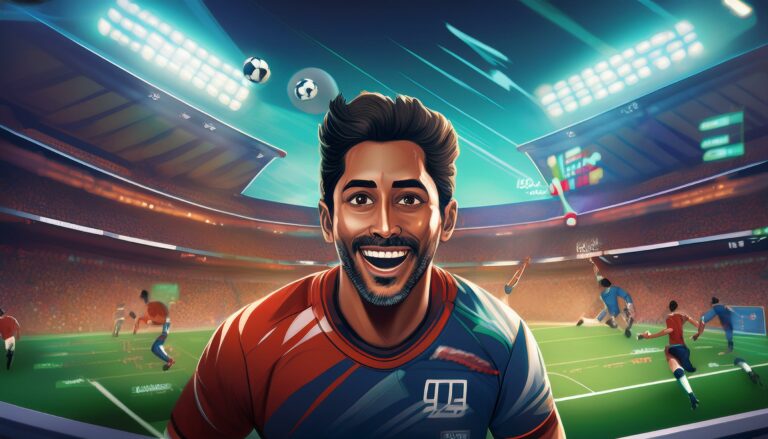The Role of Technology in IPL Matches
Allpaanel, All Panel.com: Player tracking systems have revolutionized the way sports are analyzed and played. By utilizing advanced technologies such as GPS and RFID tags, these systems provide real-time data on player movements, speed, and stamina. Coaches and analysts can now access detailed insights into player performance, allowing them to make informed decisions to enhance team strategies and individual player development.
One of the key advantages of real-time player tracking systems is the ability to monitor player workload and prevent injuries. By monitoring metrics such as distance covered, high-intensity movements, and acceleration, teams can better manage player fatigue and ensure optimal performance levels. This data-driven approach not only improves player health and well-being but also enhances overall team performance on the field.
Decision Review System (DRS) Integration
The integration of the Decision Review System (DRS) in cricket matches has significantly impacted the game, providing players with the opportunity to challenge on-field umpire decisions. This system has added a layer of technology-driven transparency to the sport, allowing for impartial reviews of contentious moments during a match. By using ball-tracking and predictive technologies, the DRS has become a valuable tool in ensuring accurate results on the field.
The reliance on DRS integration has grown over the years, with teams strategically using their allotted reviews to challenge crucial decisions. This system has not only enhanced the accuracy of umpiring decisions but has also added an element of excitement for players and fans alike. As technology continues to advance, the integration of DRS in cricket matches will likely become even more refined, further cementing its place in the game as a vital tool for fair play.
Hawk-Eye Technology for LBW Decisions
Hawk-Eye Technology has revolutionized the way LBW (Leg Before Wicket) decisions are made in cricket matches. This advanced technology uses multiple cameras to track the trajectory of the ball, providing accurate data on whether the ball would have gone on to hit the stumps if not for the bat or pad of the batsman.
The Hawk-Eye system has become an integral part of the Decision Review System (DRS) in cricket, allowing teams to challenge on-field umpire decisions with confidence. By providing a detailed trajectory of the ball’s path, Hawk-Eye helps in determining the accuracy of LBW decisions, especially in cases where the ball’s movement is close and requires precise analysis.







